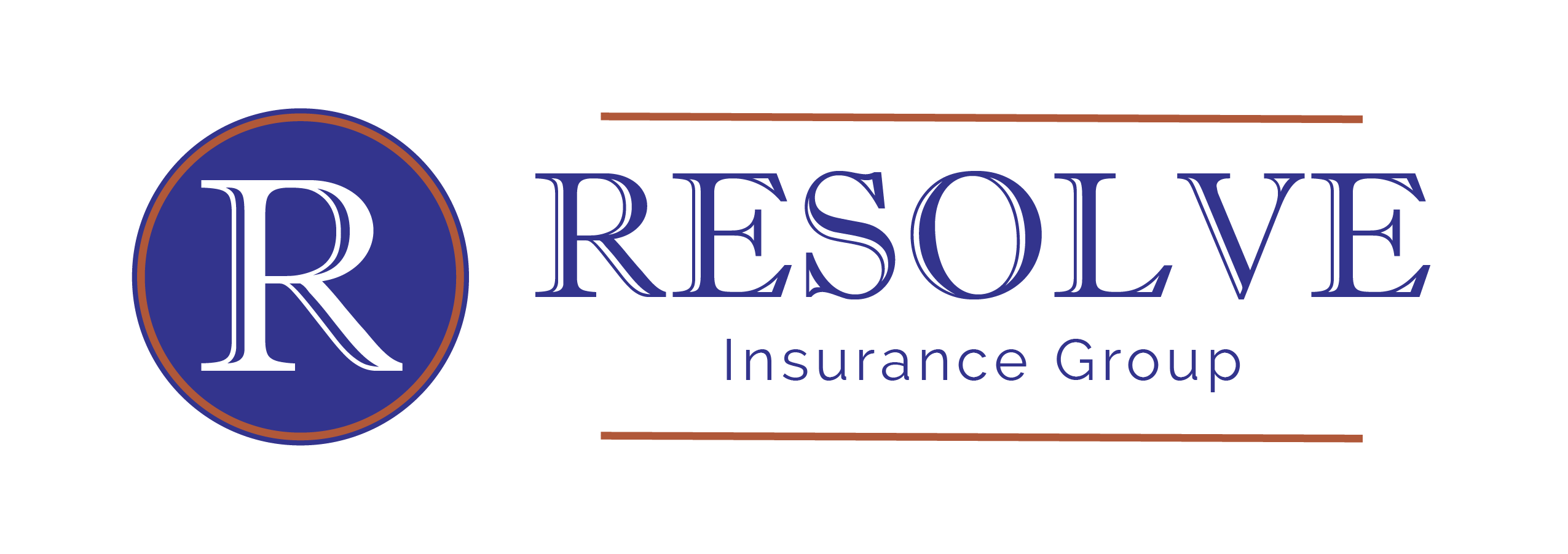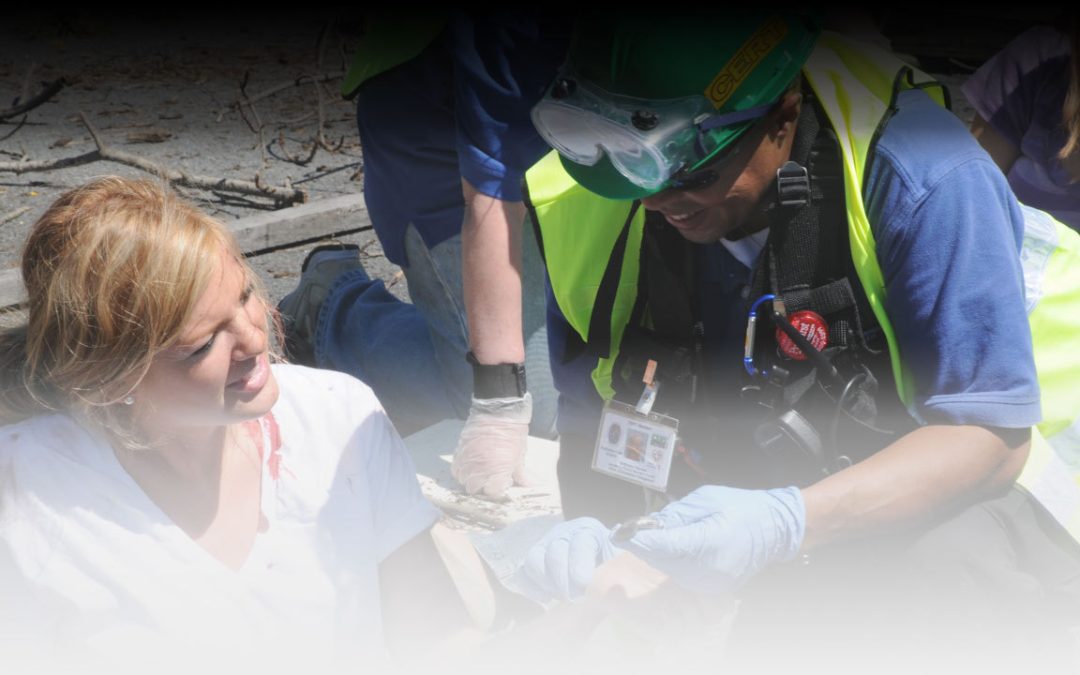Would you bet your house in a wager if you didn’t know the odds of losing? What if you found out that the odds against you were changing frequently and are generally going up?
That’s similar to the situation many property owners are in when it comes to flood insurance. Some people think they don’t need flood insurance because they don’t live in a high-risk area. But low- to moderate-risk is far from no risk: anywhere it rains, it can flood. Floods are the most frequent and most costly natural disaster in the United States.
Too many people underestimate their flooding risk. An average of 40 percent of NFIP claims come from outside the mapped high-risk area known as the Special Flood Hazard Area. To see where your home or business is mapped, visit msc.fema.gov/portal.
Climate change increasingly brings weather events that are more severe, more unpredictable, and often affect areas outside their “typical” paths. Many areas also have specific flood risks that are not as obvious as a nearby river or coastline. For example:
- Metropolitan flooding can occur in cities and towns due to increased runoff from new development, large areas of impermeable surfaces, or blocked drainage.
- Atmospheric river flooding in Western states comes from huge bands of moist air that release massive amounts of precipitation. Rainfall can cause immediate flooding, while heavy snow can result in flooding when snowpack melts.
- Spring flooding can come from rapid snowmelt, ice jams in rivers or streams, spring storms—or a combination of those risks. In soil already saturated by snowmelt, even moderate rains can cause heavy runoff and flooding.
- Flood after fire can impact any community downslope from a recent wildfire. For five years or more after a fire, charred soil and lost vegetation increase risks of flash flooding and mud flows.
- Hurricane season runs from June to the end of November. Contrary to popular beliefs, flooding usually causes more damage than wind: torrential rains cause flash flooding and storm surge can be massively destructive.
- Dam and levee failure also result in flooding. Older structures may weaken over time, or simply not be engineered to protect against today’s severe weather threats. To learn more about the realities of levee risk, contact your community floodplain manager or visit fema.gov/flood-maps/living-levees.
No matter the cause, flooding is expensive. Disaster assistance, when available, is designed to help you begin to recover—not restore property to its pre-flood condition. Additionally, disaster assistance typically comes in the form of a U.S. Small Business Administration loan that must be repaid with interest or as grants which average $5,000 per household. By comparison, the average NFIP claim payment from 2016 to 2021 was about $68,000 and claim payments do not need to be repaid.
Opting out of flood insurance can be a costly mistake to hedge your bet if you choose to wait until a massive storm is predicted to make a purchase; in most cases, there’s a 30-day waiting period for a new policy to take effect. The smart money is on buying or renewing flood insurance now to protect the life you’ve built from the financial impacts of flooding.
Talk to your insurance agent today or visit FloodSmart.gov for more information.
This article first appeared in the monthly Individual and Community Preparedness Newsletter. Subscribe here
Disclaimer: The reader recognizes that the federal government provides links and informational data on various disaster preparedness resources and events and does not endorse any non-federal events, entities, organizations, services, or products. Please let us know about other events and services for individual and community preparedness that could be included in future newsletters by contacting FEMA-prepare@fema.dhs.gov.

